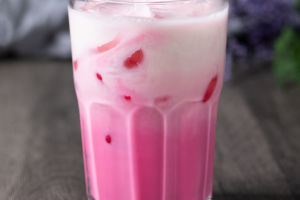The artichoke flower is native to the Mediterranean region and may have evolved from the southern European spiny artichoke with thin buds.
Thistle is a member of the lettuce family and is therefore a close relative of ginseng and Jerusalem artichoke, all of which share similar flavors. The edible parts of the artichoke are the fleshy bottom of the receptacle and the center of the flower, and the "stem" is the small flower, which turns dark blue-purple if left to bloom. Occasionally, small artichokes can be seen fresh or bottled in the market, these are taken from the lower flowering stalk of the plant, not the main stalk flower. This part is slow growing, so it is harvested when it is immature and the thistle bulbs are small or not yet formed.
The taste of artichokes is very fresh, with the fragrance of spring wild vegetables, the entrance is a light bitter taste between bitter gourd and tea leaves, but the aftertaste is very sweet. The taste is like the most tender bamboo shoots with skin, and it seems to have a faint floral fragrance.
Much of the quality of artichokes is determined by the high levels of phenolic compounds, which become very pronounced as soon as the meat is cut or eaten raw. After cutting, the phenolic substances react with oxygen to form a colored complex, so the surface quickly turns brown, and it will feel very astringent to eat directly raw, because the phenolic substances react with various proteins in our saliva.
Before eating the artichoke, cut off the top part of the artichoke, then peel off its leaves one by one, you can see the inner core, soak the inner core in lemon water and scald it in boiling water to soften, you can put it in In chicken soup, it can be eaten after steaming.


